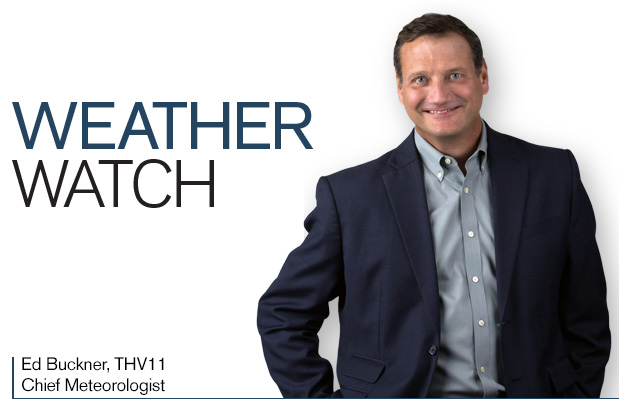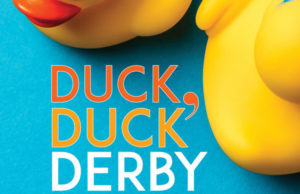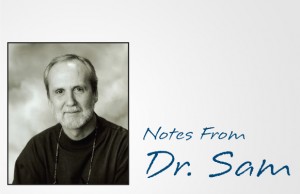Weather Watch: Outdoor Certified

Growing up, I was always a bit jealous of my two older brothers. They were Cub Scouts, and later Boy Scouts. Too young for the Scouts at the time, I rode with my dad taking Ron and Chris to meetings, and watched them leave for extended camping trips in the great outdoors of Texas. They were always so excited for these trips because they were taught all about camping, observing plant and wildlife and surviving in remote wilderness.
I wanted to be part of that group, until on one Boy Scout outing my brother Chris kicked a log and was stung more than 40 times by yellow jackets. That’s all it took for me to realize I was more of an “indoor” guy, and from then on my adventures stayed in my own front and backyard.
I always thought that the merit badges that my brothers earned through Scouting were so cool; I really wanted to experience the sense of accomplishment gained from completing a task set before you. I remember their sashes full of colorful patches earned from learning to cook over an open campfire, set-up a tent or tie all the most awesome knots. To this day, I wish I could tie a square knot, slipknot, trucker’s hitch or thumb knot.
Even though knot tying is not my strong suit, I can recognize a tornado vortex signature on Doppler radar – and much to the delight of my inner child, we have “merit” badges, or seals, in the world of weather as well. There are two major weather organizations whose job it is to make sure meteorologists adhere to their guidelines for quality, clarification and knowledge.
The American Meteorological Society (AMS) originated in Boston in 1919. The AMS is the nation’s premier scientific and professional organization promoting and disseminating information about the atmospheric, oceanic, and hydrologic sciences. The organization consists of more than 13,000 members that include researchers, educators, students, enthusiasts, broadcasters and other professionals in weather, water and climate.
The National Weather Association (NWA) is slightly newer, founded in 1975. They mainly adhere to the same guidelines – confirming that meteorologists communicate weather conditions with knowledge, clarity and quality.
Both organizations require broadcasters to receive a “seal of approval,” to ensure their weathercasts meet the organization’s standards. I have both the AMS seal and the NWA seal. In order to keep these seals current and valid, I have attended continue education conferences every three years since 1999. These conferences are a great resource to learn the newest technology, and lately how to use social media in the best way possible. In 1999, I was asked to present at the AMS conference to my fellow meteorologists. Sharing the details of Arkansas’ most intense tornado outbreak ever in January of that same year was an experience I will never forget.
In the years that have gone by, the testing for these seals has gotten much more rigorous, and the AMS has renamed their new seal the “Certified Broadcast Meteorologist” (CBM) seal.. The CBM is quite the accomplishment, and our very own meteorologist, Mariel Ruiz, recently received hers, and Raven Richard is not far behind. So proud of those two!
So, when you hear a meteorologist explain outdoor and atmospheric conditions, don’t think we just sit on our merit. Those letters you see by our name on TV stand for something important. We continually study and learn to always keep you safe and informed.










0 comments